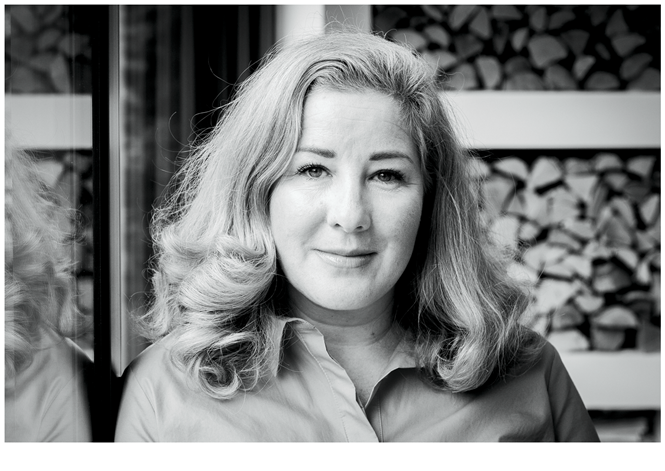Brand Architecture – Hanging it all together

Robin Kadrnka, brand planner at branding agency, Together Design, writes about the importance of having a solid brand architecture and the benefits it brings to companies and employees alike.
We think of brand architecture as the organising structure for products and services. It's the framework that defines where each offer should sit and informs the principles for their naming and design treatments. It also defines how products relate to each other and often informs business development strategy. It’s a pretty useful tool!
A good brand architecture system is logical and, ideally, a broad audience can grasp it quickly. Like a great building, it is the strength of the foundation and core structure that secures everything above.
Managing large, disparate brand portfolios is time consuming and expensive. Sustaining trademarks, employing individual teams, keeping up with the needs of individual brands from an awareness and marketing point view doesn’t make sense for all businesses.
Plenty of companies, most perhaps, do not have a defined brand architecture strategy in place when they first start out. What would be the point? At the time when most organisations realise that they need a strategy, they are already in a bit of a muddle.
Mergers and acquisitions play havoc on brand architecture, bringing disparate product portfolios and naming protocols together – many of which carry legacy value. A carefully phased approach to implementation is often required to transfer legacy brand equity to a new (or existing) product or service offering.
It’s not just the organising theory we need to tackle. Very often teams of people come with mergers and acquisitions, people that are loyal to the brands they have worked to promote. A well-defined brand architecture can support a smoother transition by helping them understand where they fit in. Engagement, to help everyone to understand that strategy is not a subjective process, is crucial. Brand architecture is objective and if done well, it benefits the company and everyone in it.
Establishing the criteria for a brand architecture solution early on and linking this directly to business objectives is vital. It clarifies that everything agreed within the brand architecture process will, in time, help to deliver on overarching strategic goals. After all, if there’s to be the short-term pain of change, you want to see the carrot of long-term gain.
Where we start, depends on the type of business we are working with. Is it a branded house, where the parent brand informs the product and service offerings? Or a house of brands, where the parent brand steps back, giving independence and individuality to the product and service offerings? Is it one type becoming another?
Complicated brand portfolios can be confusing for customers which, we all know, can be a significant barrier to sales. Whilst good brand architecture simplifies an organisation for internal audiences, more importantly, it helps to engage and connect with consumers. Always looking at the portfolio from a customer’s point of view is the key to improving sales and market share. Sounds easy, but in our experience, this is not done often enough.
A defined brand architecture strategy is an essential tool for many companies. Linking business strategy with brand strategy, guiding product roadmaps and informing the go to market approach. Getting there can require considerable unpicking and a lot of engagement across the organisation but, if done well, it will help to streamline operations and enhance customer engagement – all of which contributes to an increase in profit. So, in short, well worth the effort!












